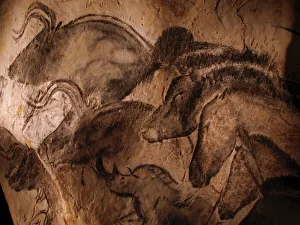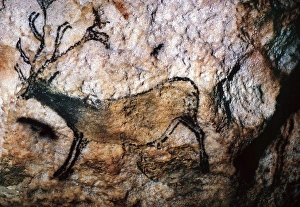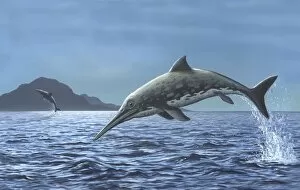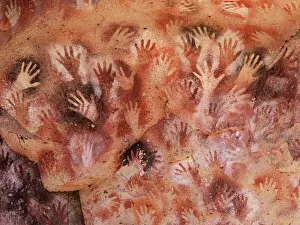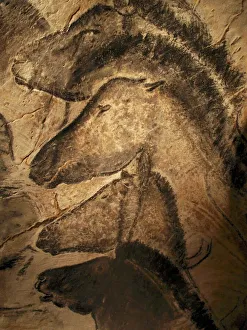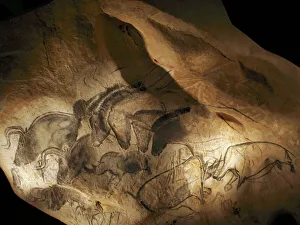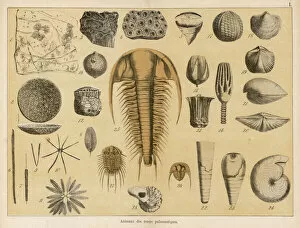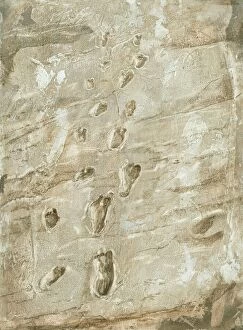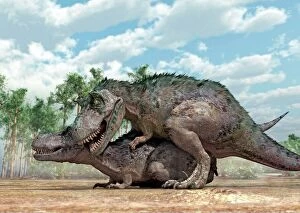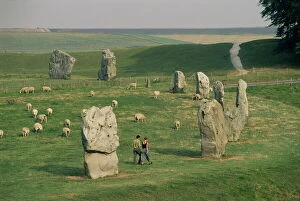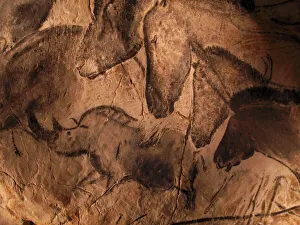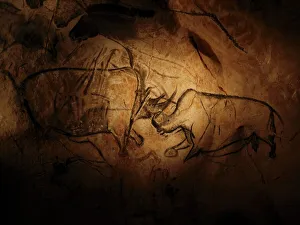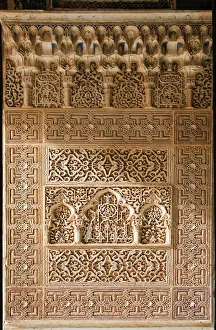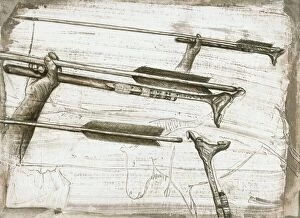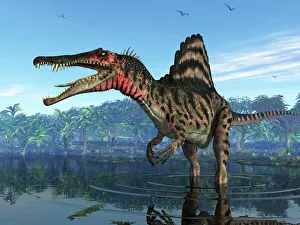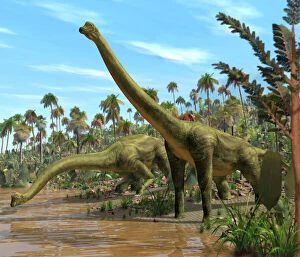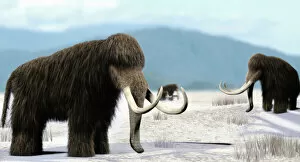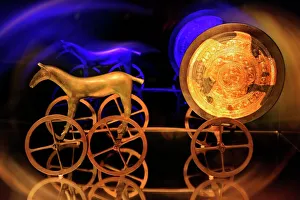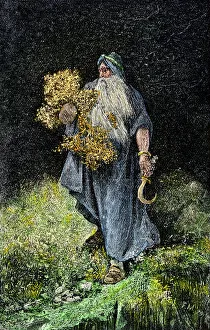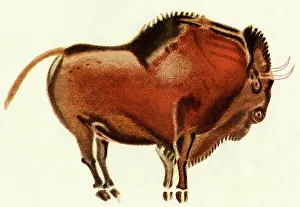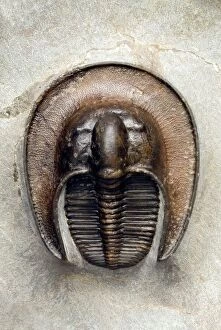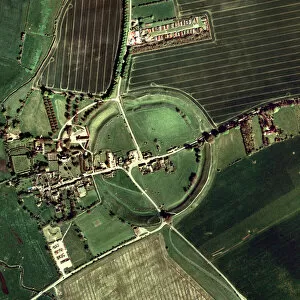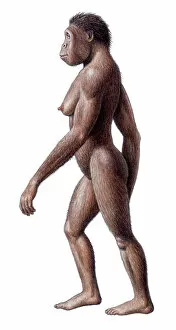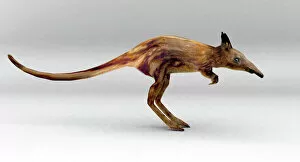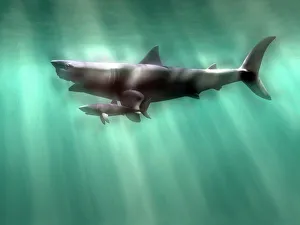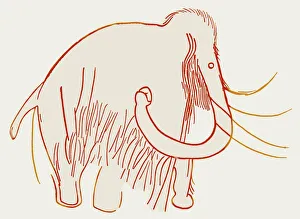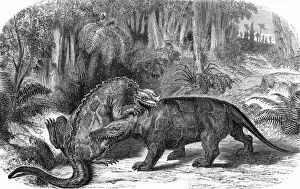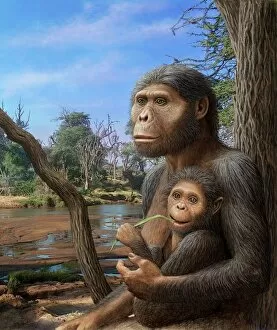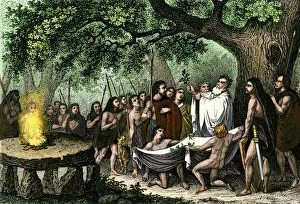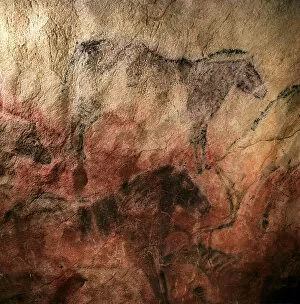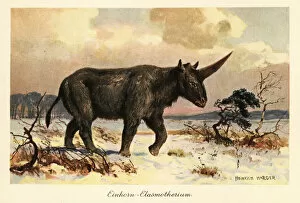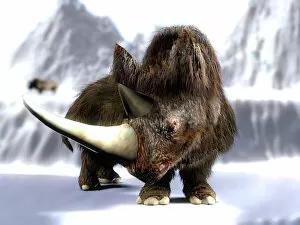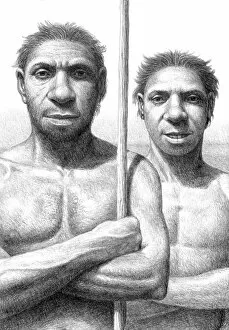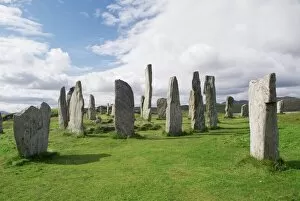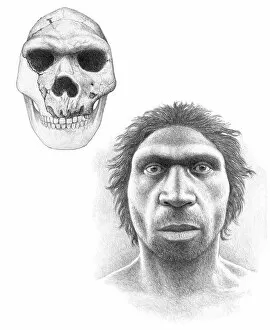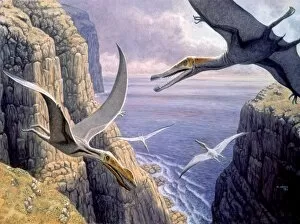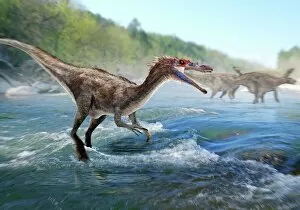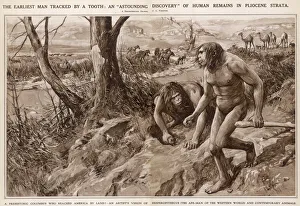Pre History Collection
"Unveiling the Mysteries of Prehistory: From Stone-Age Cave Paintings to Fossil Footprints" Step back in time and explore the captivating world of prehistory
All Professionally Made to Order for Quick Shipping
"Unveiling the Mysteries of Prehistory: From Stone-Age Cave Paintings to Fossil Footprints" Step back in time and explore the captivating world of prehistory. Journey to Chauvet, France, where ancient stone-age cave paintings offer a glimpse into our ancestors' artistic prowess. Marvel at the intricate details and vivid colors that have survived thousands of years. But Chauvet is not alone in its historical significance. Venture south to Argentina's Cave of the Hands, where hand stencils painted by early humans adorn the walls. These enigmatic markings serve as a testament to their existence and leave us pondering their purpose. Delve even deeper into prehistoric times with fossils from the palaeozoic era, offering valuable insights into Earth's distant past. These remnants provide a window into long-extinct species that once roamed our planet millions of years ago. Travel across continents to Alhambra, Spain, where Islamic carvings showcase exquisite craftsmanship intertwined with religious symbolism. Admire these intricate designs etched onto walls and ceilings, reflecting an era rich in cultural exchange and artistic expression. Discover tools used by our forebears like the prehistoric spear-thrower – an innovation that revolutionized hunting techniques during ancient times. Witness how human ingenuity shaped survival strategies throughout history. Continue your journey through time with Laetoli fossil footprints – preserved imprints left behind by early hominins walking across volcanic ash in Tanzania. These tracks offer tangible evidence of our evolutionary journey and shed light on our earliest ancestors' way of life. Intriguingly different yet equally fascinating are Tyrannosaurus rex dinosaurs mating - a rare glimpse into their primal behavior captured forever in fossil form. Uncover secrets about these awe-inspiring creatures who once ruled over Earth's vast landscapes. Marvel at Avebury stone circle in Wiltshire, England – a UNESCO World Heritage Site shrouded in mystery.

